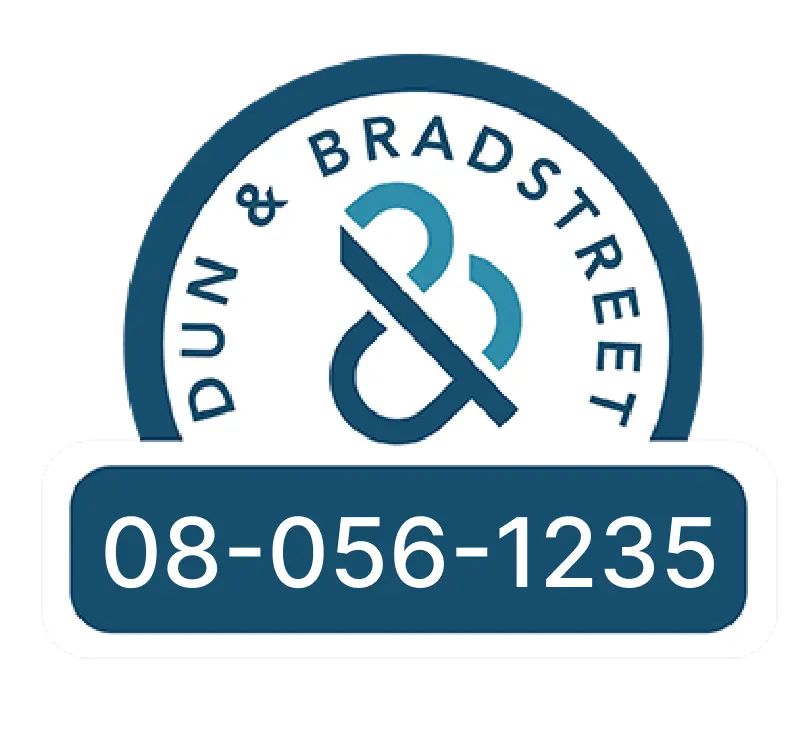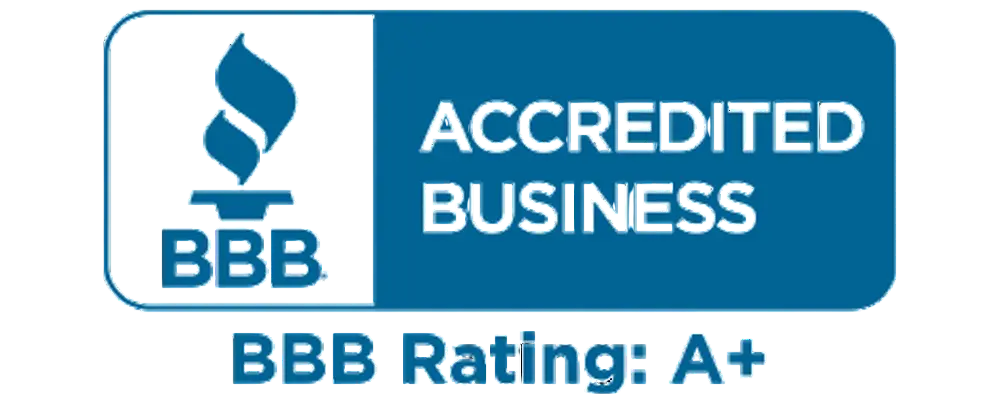Download free PDF
Hot-fill Food Packaging Market Size - By Product Type, By Material, By Capacity, By Application, Analysis, Share, Growth Forecast, 2025 - 2034
Report ID: GMI12955
|
Published Date: January 2025
|
Report Format: PDF
Download Free PDF
Authors: Suraj Gujar, Sandeep Ugale



Premium Report Details
Base Year: 2024
Companies covered: 20
Tables & Figures: 610
Countries covered: 18
Pages: 250
Download Free PDF

Hot-fill Food Packaging Market
Get a free sample of this report
Get a free sample of this report Hot-fill Food Packaging Market
Is your requirement urgent? Please give us your business email
for a speedy delivery!





Hot-fill Food Packaging Market Size
The hot-fill food packaging market was valued at USD 53.1 billion in 2024 and is estimated to grow at a CAGR of 4.1% from 2025 to 2034. The growth in the hot-fill food packaging industry can largely be attributed to the increasing consumption of ready-to-eat meals, beverages and convenience food. With increasing concern for products that contain preservatives, potent hot-filling processes offer the required support for the retention of longer shelf lives.
For example, in May 2022, Berry Global launched a Nova line of hot fill sauce containers. Berry aimed this launch at increasing the ease of use for the consumer and the display appeal for the retailer. The sauce bottles come in two sizes of 250ml and 500ml and are made from clear PP, which combined with a PP/EVOH/PP multilayer structure extend ambient shelf life of sauce products.
Hot-fill Food Packaging Market Trends
An innovation in the packaging of hot-filled foods is its shift to biodegradable and recyclable material. Owing to this trend towards consumer preference for ecologically friendly purchases, manufacturers are spending considerable money on aggressive marketing, strong material strategies, design of the product and its shelf life.
Smart packaging technologies and vacuum sealing are improving the ability of food products to withstand stagnation while also offering direct information to consumers. Besides, the demand for organic and plant-based foods has motivated brands to design chemical-free packaging that would retain the food's integrity while having an extended shelf life.
Hot-fill Food Packaging Market Analysis
The drawbacks associated with the hot-fill food packaging industry include food damage during filling and deformation due to the temperatures. The emergence of green packaging and new materials and technologies that provide improved product protection for less cost presents significant opportunities for growth. Additionally, the requirement for clean-label products without preservatives fosters the increased usage of novel packaging techniques, which determine the pace of growth and development in the sector.
Based on product type, the hot-fill food packaging market is segmented into bottles & jars, cans, pouches, cups & tubs, and others. The bottles & jars segment is dominating the market with a market share of over 41% in 2024.
Based on material, the hot-fill food packaging market is divided into plastic, glass, and others. The plastic segment is projected to grow at a CAGR of over 5% and is expected to reach over USD 42 billion by 2034.
North America held a significant market share of over 29.5% in 2024. The US is growing in this market, as there is an upsurge in the demand for ready-to-eat meals, juices and non-perishable items. Hot-fill food packaging market is gaining traction in North America due to the demand for convenient non-perishable foods and drinks. The market for sustainable packaging is trending and brands are trying to come up with solutions. Market expansion is also being supported by new technologies, including high-pressure processing (HPP) and vacuum sealing.
Demand for hot-fill food packaging continues to accelerate in China due to the growing popularity of shelf-stable products, ready-to-eat meals, and beverages. Fewer disposable incomes, along with changing consumer habits, are increasing the demand for handy food packaging. In addition, uncontrolled urbanization and the growing middle class in China have led to increased demand for packaged foods. To meet the growing demand, local companies are strengthening their capabilities in packaging technologies and sustainable materials.
Demand for high quality, natural, and preservative-free foods has propelled the Germany’s hot fill food packaging market. Additionally, the country's strict regulation policies on the packaging of foods fuel the advancement of food packers. Germany also paves the way for middle Europe with a further shift toward biodegradable and recyclable packaging materials. The increasing eco-consciousness inclination is being satisfied with new and better technology that prolongs food freshness, improves efficiency, and meets the ever-shifting consumer requirements.
Japan's hot-fill food packaging market is thriving due to the growing demand for shelf-stable and convenient food products. This sustains the sales due to the increasing urbanization that calls for ready-to-eat meals. The trend toward sustainability has driven a shift toward eco-friendly and reusable materials. High-pressure processing and smart packaging are emerging as key trends to address gaps in the market.
In South Korea hot-filled food packaging needs are expanding due to the emergence of dual-income families, fast-paced lifestyles growth in convenience foods, and hot-filled beverages. The market for hot fill food packaging continues to trend towards sustainability with increased interest in biodegradable and recyclable materials.
Hot-fill Food Packaging Market Share
The hot-fill food packaging sector is highly competitive, and their competition stems from comparative prices, quality, technological advancements, and environmental sustainability. There is a growing focus on eco-friendly packaging due to rising consumer activism. Firms are focusing on the use of recyclable and sustainable materials. Distribution capabilities along with food manufacturers partnerships are crucial in gaining of market share.
Hot-fill Food Packaging Market Companies
Major players operating in the hot-fill food packaging industry are:
Hot-fill Food Packaging Industry News
This hot-fill food packaging market research report includes in-depth coverage of the industry with estimates & forecast in terms of revenue (USD Billion) and volume (Kilo Tons) from 2021 to 2034, for the following segments:
Click here to Buy Section of this Report
Market, By Product Type
Market, By Material
Market, By Capacity
Market, By Application
The above information is provided for the following regions and countries: